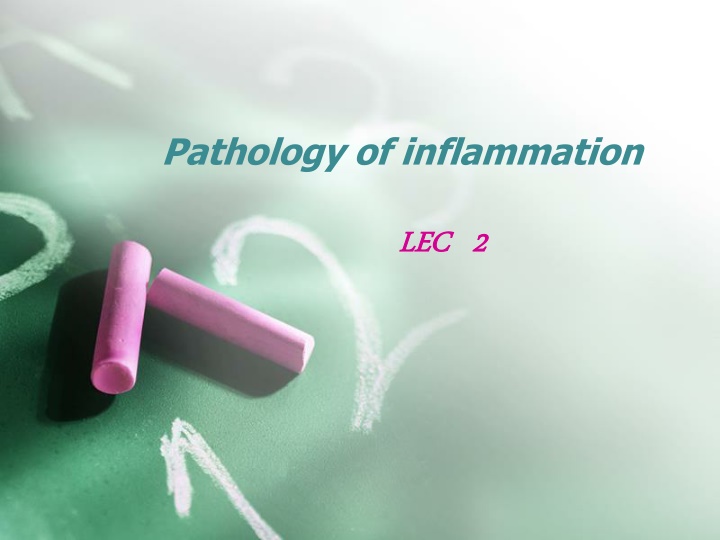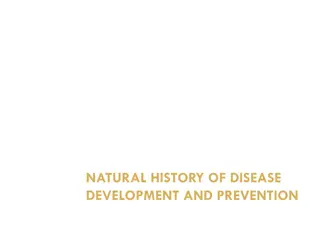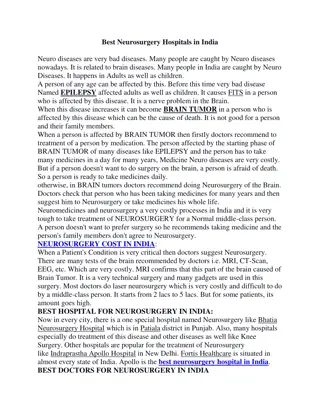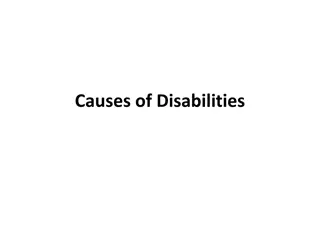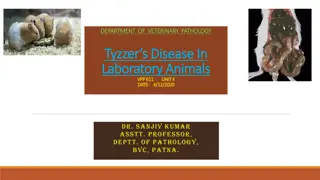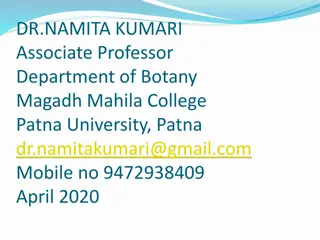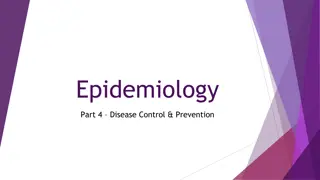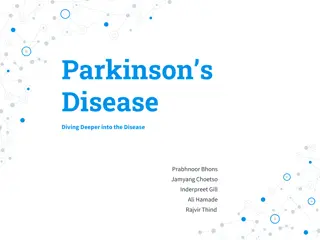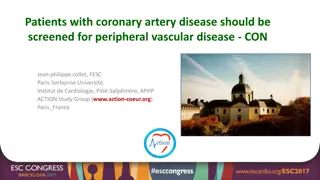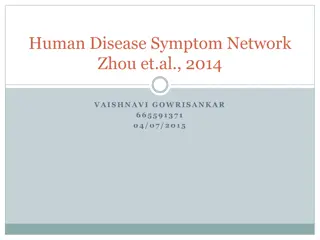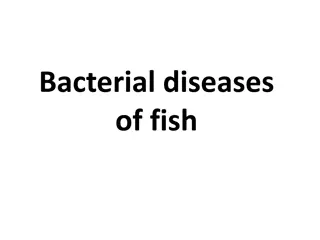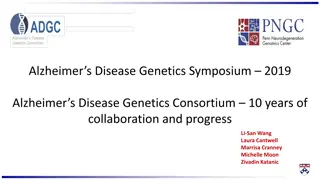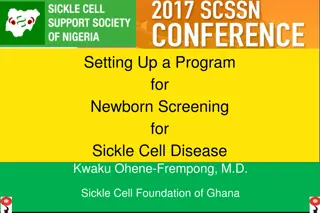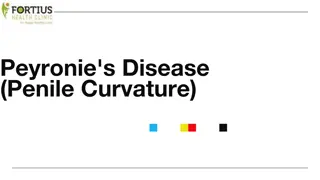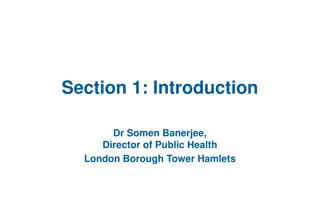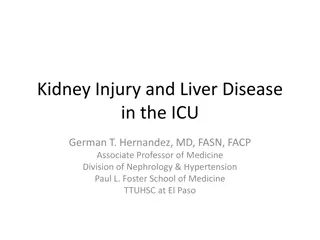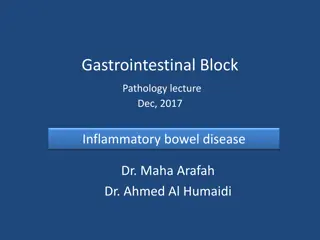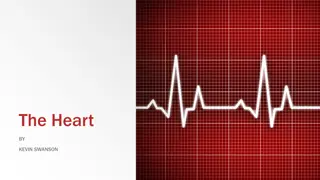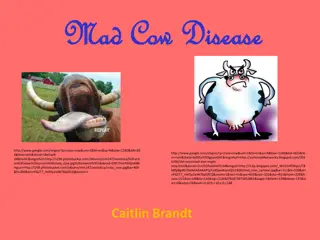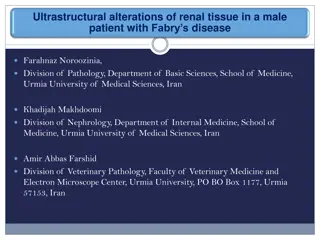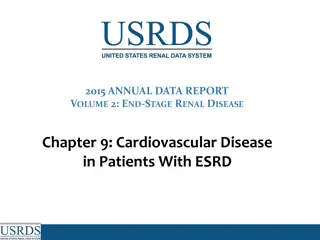Steps to Unveiling Disease Causes
In the journey towards unraveling the causes of disease, six pivotal steps were taken. From the discovery of micro-organisms by Anthony Van Leeuwenhoek to Louis Pasteur's groundbreaking germ theory, each advancement contributed to a deeper understanding of how microbes can lead to illness. Pasteur's experiments linking germs to disease paved the way for further investigations by scientists like Robert Koch, ultimately solidifying the connection between bacteria and human ailments.
Download Presentation

Please find below an Image/Link to download the presentation.
The content on the website is provided AS IS for your information and personal use only. It may not be sold, licensed, or shared on other websites without obtaining consent from the author.If you encounter any issues during the download, it is possible that the publisher has removed the file from their server.
You are allowed to download the files provided on this website for personal or commercial use, subject to the condition that they are used lawfully. All files are the property of their respective owners.
The content on the website is provided AS IS for your information and personal use only. It may not be sold, licensed, or shared on other websites without obtaining consent from the author.
E N D
Presentation Transcript
Pathology of inflammation LEC LEC 2 2
Cells of acute inflammation: 1. Neutrophils: Most prominent cells in acute inflammation during first 6hrs -24hrs. 2. monocytes----macrophages: These cells replaced neutrophils in area of acute inflammation after 2-3days. 3. Eosinophils: These cells are prominent in acute inflammatory allergic diseases & parasitic infestation. 4. Mast cells & basophils: they are the main source of histamine in acute inflammation. 5. Lymphocytes: These cells are the most important cells of chronic inflammation, but also increased in acute inflammation due to viral diseases like influenza, mumps.
The main acute inflammatory cells are : Neutrophils and macrophages
Acute inflammation with densely packed (PMNs) with multilobed nuclei
Chemical Mediators of acute inflammation; These are substances that regulate the vascular & cellular changes of acute inflammation. Characteristics of Mediators: 1. Site of Mediators, either in the plasma (blood) & are synthezied in the liver Or produced locally at the site of inflammation. 2. Mechanism of action, Mediators mediate their action by binding to specific receptors at the target cells. 3. mode of action; Mediators may act only on one or few cells or may have widespread action on a variety of cells. 4. Mediators have restricted function (most mediators are quickly inactivated by enzymes).
Types of Mediators;(Two types): 1. Tissue Mediators (present in the tissue & at site of acute inflammation). Examples of tissue mediators; 1- . Histamine. 2-. Serotonin 3-. Neuropeptides (Substance P) . 4. Arachidonic acid metabolites 5. Platelets activating factor 6. Cytokines: include TNF, IL1, IL8 2. Plasma Mediators (proteases). Sources: from three circulating systems in the plasma of blood & synthesis in liver. I. Kinin system II. Clotting system III. Complement system.
1. Tissue Mediators (present in the tissue & at site of acute inflammation). 1- . Histamine. Source: Mast cell of the tissue & basophils of blood, platelets. Causes of stimulation: 1. Physical trauma like heat. 2. Immune reaction (IgE). 3. Cytokines. 4. Complement syetem. Action: main mediator of immediate transient response & arteriolar dilatation.
2-. Serotonin. Source: Platelets. Causes of stimulation & Action are similar to Histamine. 3-. Neuropeptides (Substance P) . Source: Nerve fibers of lung & gastrointestinal system. Action: transmit pain signal.
4. Arachidonic acid metabolites: There are two pathways of arachidonic acid metabolites synthesis: I. Cyclooxygenase (COX): This result in formation of prostaglandins G2, H2, Prostacyclin (PGI2) *Prostacyclin: cause increased vascular dilatation & inhibit platelets aggregation. *These prostaglandins are also responsible initiation of pain & fever (PG2). *Thromboxane A2 cause vasoconstriction & induce platelets aggregation. II. Lipooxygenase (LOX): This pathway results in formation of many leukotrines (LTB4, LTC4, LTD4, & LTE4), which cause vasoconstriction & bronchconstriction, & increase vascular permeability.
5. Platelets activating factor: cause *Platelets aggregation. * Vasodilatation & increased vascular permeability. * Chemotaxis & leukocytes adhesion. * Bronchconstriction. 6. Cytokines: include TNF, IL1, IL8 ..ect. IL8 is important chemotactic factor. TNF & IL1 promote adhesion between WBC & endothelial cells.
2. Plasma Mediators (proteases). Sources: from three circulating systems in the plasma of blood & synthesis in liver. These systems are, I. Kinin system. Activation of this system will result in formation of Bradykinin, which is protein has the same action of histamine, in addition it causes pain. This system is inactivated by Kinase.
II. Clotting system. There are many proteases within this system are act as Mediator of inflammation include 1. XIIacauses activation of thrombin, which in turn stimulate fibrin clot formation. .Thrombin stimulate leukocytes adhesion during inflammation 2. Xacauses increase vascular permeability & leukocytes emigration. 3. Fibrinopeptides, which are synthesized by the action of thrombin. .Fibrinopeptides cause vascular permeability & Chemotaxis of leukocytes. 4. Fibrin degradation products. They are formed by fibrinolysis (lyses of fibrin), these products cause increase vascular permeability &vasodilatation.
III. Complement system. This system consists of cascade of plasma proteins that play an important role in both immunity & inflammation (C1- - -C9). C3a, C5a are important in acute inflammation (chemotaxis, Opsonization, phagocytosis & microbial killing).
